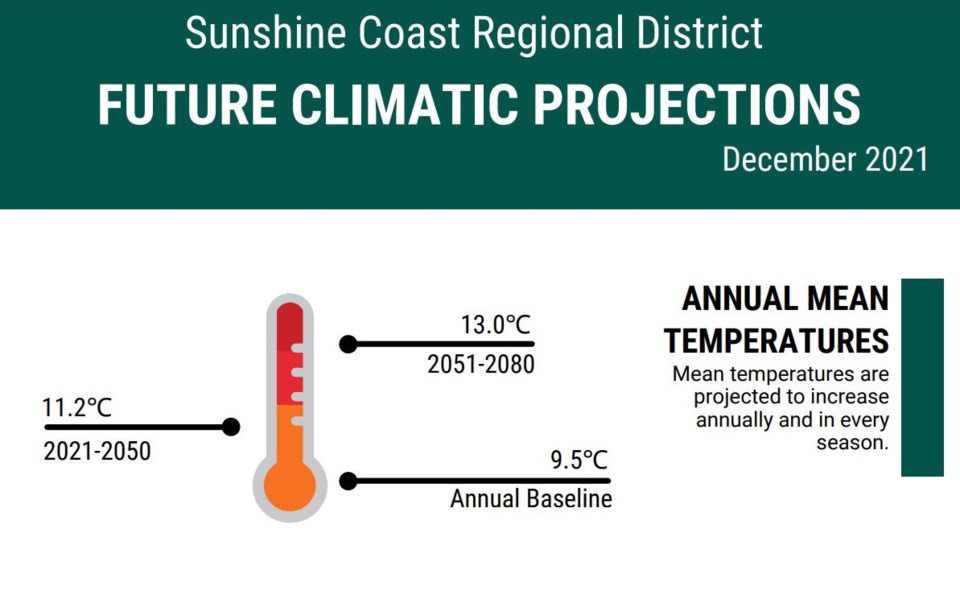“The climate emergency needs our response – now.”
That message came from the Sunshine Coast Regional District (SCRD) in a Jan. 31, press release asking residents complete a questionnaire to help it develop an updated Community Climate Action Plan (CCAP).
“This past year showed how the climate crisis affects day to day life on the Sunshine Coast. High summer temperatures, damage due to storms and a record-breaking drought period that resulted in a State of Local Emergency… We need your input on a questionnaire so that we can get a sense of the work and initiatives that the community would like to see being brought forward as the plan comes together. Your responses will help form a plan that will be integral to how our region responds to the climate emergency,” the release stated.
The questionnaire is available online at letstalk.scrd.ca/climate and will be open until Feb 27. The SCRD’s manager of sustainable development Raph Shay estimated that it will take less than 10 minutes to complete. Survey respondents have the option of answering 13 basic questions or an expanded version that provides a space to submit suggestions and comments.
For those interested in more background information, a recently completed greenhouse gas (GHG) emissions inventory for the Coast has also been posted. That assessment revealed emissions have increased locally by 7.2 per cent between 2007 and 2019. That inventory showed that almost half of local GHG production (48 per cent) came from transportation, with industry and construction were responsible for 30 per cent and residential buildings added about 10 per cent, mostly from home heating.
A climate risk assessment completed in 2021 for the community can also be accessed through the webpage. The findings of that report show that there are significant risks to public health, infrastructure like roads, bridges and community facilities, as well as private homes from extreme weather events. Also identified were increasing risks of loss of biodiversity and ecosystem damage from rising sea levels and warmer temperatures both on land and in the ocean.
Additional information on SCRD efforts the develop a plan to reduce GHG emissions and enhance the region’s resiliency to the effects of a changing climate are available on that webpage, including the future climate projections and a community climate discussion paper, both released in 2022.
The local government is in the second phase of CCAP development, which involves setting a vision and goals as well as framing priority areas. Once that is completed, lists of actions to be taken to reduce and mitigate climate change impacts will be drafted in the final project phase. Those are to be prioritized by working groups and public input to help ensure they reflect the community’s desired direction.



